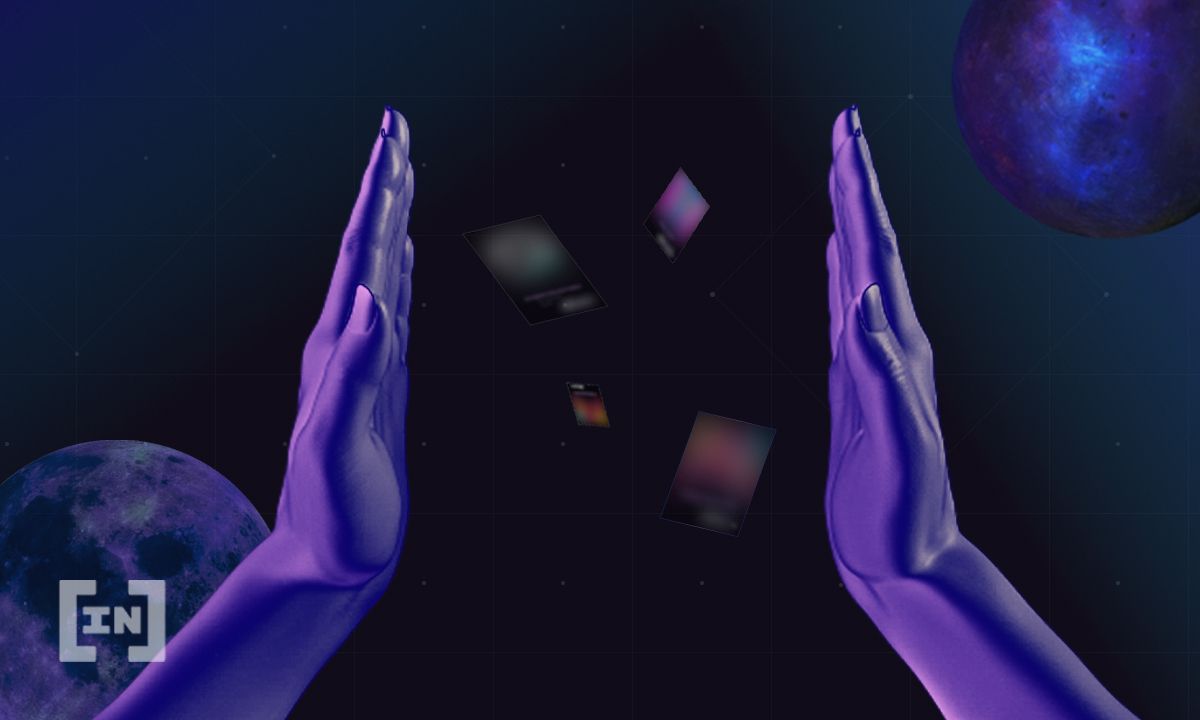The boom in NFTs has also created a boom in the energy used to sell them. However, some are working towards a greener future for cryptocurrency and non-fungible tokens (NFTs).
It is no secret that NFTs have exploded in popularity and value. However, there is concern that the increased interest in digital assets will negatively affect the environment.
Many involved with the crypto industry have voiced concerns about these adverse effects. People like Elon Musk, Jack Dorsey, and Senator Elizabeth Warren are just a few discussing this issue.
With the NFT craze in full swing, some of these concerns have also trickled down into this much-hyped space. However, several companies have been working with or using NFTs to ensure a greener future.
Before diving into some specific projects, it’s important to understand what an eco-friendly NFT even is. However, there is no single definition, rather a collection of ideas around making the process “greener.”
Crypto mining is at the heart of the issue
NFTs have already been identified as sizeable carbon contributors. Data Analyst Erin Davis outlines the CO2 emissions of NFTs for Quartz.
In the report, NFTs are compared to standard printed art and gas cars. On average, a piece of printed art results in around 2.5 kg of extra CO2 emissions. This is about the same as a gas-powered car creates every five miles. Meanwhile, the CO2 emissions from minting and auctioning off an NFT can be up to 100 times higher.
However, according to the report, it is the mining process that is the big offender. An estimation puts one NFT’s lifetime CO2 emissions are the same as a car traveling more than 500 miles.
Mining costs have gotten so bad that estimates put the power required to mine one bitcoin is equivalent to the electricity used by the average U.S. home in 50 days. That leaves the average cost of mining a bitcoin around $200.
While NFTs are “minted,” not “mined,” the process is the same. While the Eethereum network aims to move to a proof of stake (POS) rather than a proof of work (POW) basis, it currently still runs on the more energy-heavy POW algorithm.
Cryptocurrency trending towards renewable energy
The power debate with cryptocurrencies is ongoing and heated. Earlier in 2021, Elon Musk made a stir by backtracking on Tesla’s acceptance of bitcoin payments due to its environmental effects.
He says they will reinstate bitcoin payments once cryptocurrency mining uses 50% clean energy worldwide.
To attain that goal, the industry must move towards renewable and green energy at the least. Already, we have seen numerous projects and companies with this goal in mind.
For example, Manhattan Solar Partners, LLC announced plans to build the largest renewable-powered cryptocurrency mining data center in the United States. Together with BIT5IVE, LLC and GMine, LLC, Manhattan Solar Partners will utilize more than a gigawatt of renewable energy in the Lonestar State. One gigawatt is enough to power more than 10 million light bulbs simultaneously.
Meanwhile, Square Inc. has promised to invest at least $5 million into building a solar-powered bitcoin mining facility in Mountain View, California.
“We’re committed to driving further adoption and efficiency of renewables within the bitcoin ecosystem,” said Square in a statement.
Green NFT projects
This shift in attention has made energy efficiency has made environmental concerns key for many blockchain and crypto projects. This includes ongoing and new NFT projects.
The variety of environmentally conscience NFT projects has grown steadily throughout 2021. Many focus on the underlying blockchain and other techniques to take the strain off of minting. This includes the idea of “lazy minting,” where an NFT is not minted until it is bought.
“Minting NFTs on sidechains has lowered energy consumption, as well. A big push for these changes came from artists and creators who have a platform. I think it’s wonderful to see them use their voice in a positive way,” said Andreas Homer, CEO of Aerial, in an interview with BeinCrypto.
For example, OARO created an environmentally friendly NFT that “enables brands to create unique, limited edition digital collectibles for their fans.”
According to the company, the eco-NFTs are powered by the OARO private cloud blockchain platform. The platform is considered an environmentally friendly alternative to the other public blockchains. The NFTs created on OARO require less energy to mint and sell than other blockchains like bitcoin and ethereum.
It claims its blockchain is optimized to run cheaper by consuming less energy because less computational resources are needed to function.
Tezos and its green projects
A big “green” blockchain taking up space with NFTs and NFT projects is Tezos. It recently built its own NFT marketplace, which aims to be an alternative to its competitors like OpenSea and Rarible. By utilizing the Tezos, a crypto that uses a POS process instead of POW algorithms, the marketplace can operate with less negative impact.
OneOf is another NFT platform built on the Tezos blockchain and benefits from its POS network. OneOf focuses on connecting musical artists and fans via NFTs. It claims that the NFTs it mints on Tezos used 2 million times less energy than other blockchains.
“We ended up building our platform on top of the Tezos blockchain as it’s 2 million times more energy-efficient than the primary solution out there today, which is a platform built on top of the Ethereum blockchain,” OneOf CEO Lin Dai told BeinCrypto in a previous interview.
Tezos also has some of the lowest gas fees for NFT trading, which creates an equitable community without the warriors of sky-high fees.
“Being green is not a nice to have. It’s a prerequisite for being able to provide the services for the music community in an authentic way,” Dais said.
Worldwide Asset Exchange on caring before it was cool
Worldwide Asset Exchange (WAX) is a blockchain built for NFTs. With its delegated proof of stake algorithm, it claims to use less than 0.00001% of the energy of POW chains.
In addition, the platform launched its carbon offset NFTs in 2021. These see tree saplings planted for NFT purchases on their blockchain. This is key for a marketplace and blockchain that sees over 15 million daily transactions.
Green initiatives beyond the blockchain
While tackling environmental harm needs to be done at the blockchain level. There are also other ways those involved in NFTs are giving back to the planet.
Initiatives such as Open Earth Foundation have partnered with major NFT projects to raise awareness and funds for their work combating environmental problems.
In addition, platforms solely dedicated to supporting non-profit organizations through NFTs are being built. World of Waves is creating such a space dedicated to protecting and preserving the oceans. It aims to support projects in this area by helping them find new ways of fundraising through NFTs and blockchain.
On a personal level, platforms like Aerial are making it easier for individuals to track the carbon footprint of their crypto and NFT collections.
“We built our tool to help artists and creators create that awareness around energy consumption,” said Homer.
Building a sustainable future
Blockchain, cryptocurrencies, and NFTs are showing us how our future will look. However, climate change also makes it apparent that there could be a cost to forgetting our environmental impact.
The number of projects integrating sustainable practices and finding solutions shows the effort to create the world we want without compromising what we already have.
Disclaimer
Following the Trust Project guidelines, this feature article presents opinions and perspectives from industry experts or individuals. BeInCrypto is dedicated to transparent reporting, but the views expressed in this article do not necessarily reflect those of BeInCrypto or its staff. Readers should verify information independently and consult with a professional before making decisions based on this content. Please note that our Terms and Conditions, Privacy Policy, and Disclaimers have been updated.


